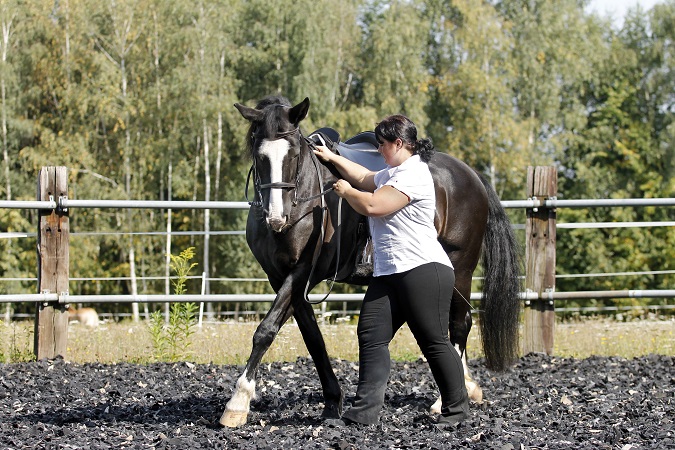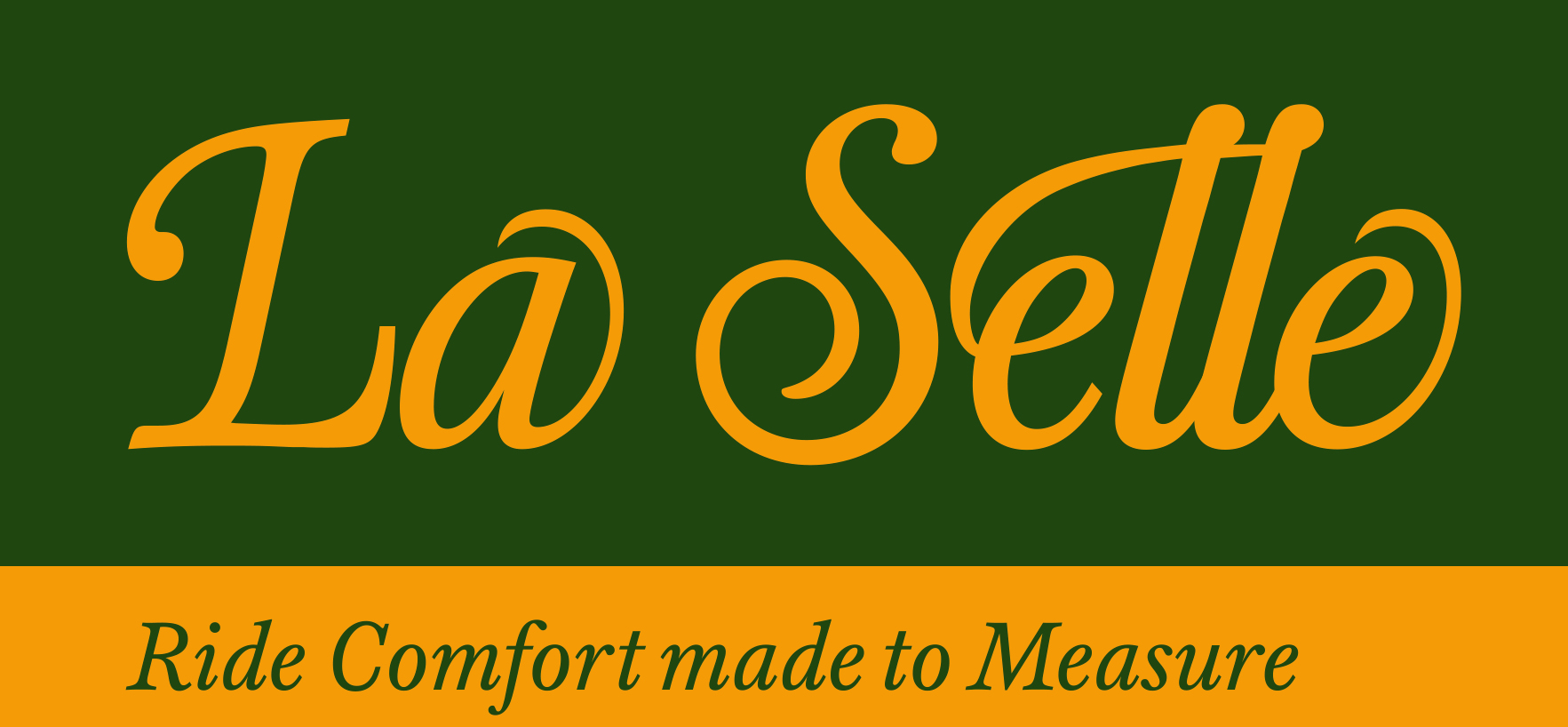Here you will find many interesting topics on horseback and saddle!

Avoiding back problems in the horse
Changes in your horse often don’t appear suddenly but rather gradually, making it hard for you as the horse owner to spot the problem in time. It is therefore a major advantage that all people dealing with horses will not shut their eyes or mouths when they see the first signs of troubles.
In case you are worried about something, feel free to consult your riding instructor, vet, therapist or just one of your friends at the stable. The perspective of a third person has often helped to detect problems at an early stage.
Making riding more pleasant
The horse is not born to be ridden! As we do it all the same, it is everybody’s duty to provide the horse with a happy life, including good stabling, good feeding, individual training and suitable equipment.
From our experience, today’s saddle fitting practice appears to be quite good. In many cases, there are only little improvements or changes necessary to adjust the fit. It is often possible to make riding more pleasant for the rider and the horse without a lot of effort.
Riding bareback
Why not just riding bareback? What is the purpose of a saddle? Isn‘t it enough to use a thick pad? What’s all the effort for? Maybe those questions aren’t new to you. It is certainly right that every rider should be able to ride without a saddle. And everybody who has tried it will know at least some of the advantages and disadvantages of it. However, the saddle has certain functions to fulfil.
Clearance of the spine
When we ride bareback, if we’ve managed to mount, the horse’s skin tightens over the spine. Additionally, our pubic bone exerts pressure on the spinous processes. Even for horses with the processes embedded in muscles, our bottom will cause pressure and friction on this sensitive area when we ride bareback. That’s what a saddle is supposed and able to avoid.
The saddle protects the spine from pressure and distributes it evenly across the musculature.
Allowing free shoulder movement
The saddle ought to prevent uncomfortable pressure peaks on the muscles. Without the saddle, however, our seat bones press on the superficial muscle latissimus dorsi. This muscle is attached to the upper arm bone and merges into the thoracolumbar fascia. One negative impact is the restriction of the shoulder blade movement.
Distributing the rider’s weight optimally
The saddle should distribute the rider’s weight across a bigger surface. We know it from physics or from our own personal experience: the pressure decreases as the surface increases. In other words, the heavy backpack (rider) is easier to carry with wide straps (saddle) because the weight presses on a bigger surface.
However, please note that a dressage saddle has different requirements than a western saddle.
Independent aids
The saddle shapes our seat on the horse. Depending on the requirements, it enables us to take a different posture than the one the horse would naturally give to us. Our pelvis and consequently our legs assume a different position. This will become particularly apparent with rather round horses. Only by changing the natural shape of the horse’s back through the saddle, we are able to have a free and supple seat. As a consequence, we disturb our horse less and can give unambiguous leg and weight aids.
“Bareback “sliding around on your horse“ might match with some sentimental girlie dreams but it has nothing to do with horse-friendly riding whatsoever. It rather turns any training into a disaster for the horse.“ (Quotation: Sadko G. Solinski - Reiter, Reiten Reiterei - page 99, Olms Verlag; own translation)
That quotation might seem a bit hard but it hits the nail on the head. Riding bareback is alright from time to time. However, for riding gymnastic exercises a saddle is indispensable. And we should always keep in mind: Our riding aims to improve our horses‘ quality of life.
A good horse has no colour. The same applies to the saddle.
Our lives as saddlers would be so much easier if all saddles were black. But seriously, first and foremost, the saddle has to fulfil its duty. If it doesn’t, it isn’t worth the money spent no matter how pretty or well manufactured it is.
Before buying your horse, you’ve (hopefully) thought about what you wanted to do with it later. Unfortunately, many wrong decisions are possibly taken there, leading to problems later on. So we’ve seen people riding dressage on Quarter Horses in a jumping saddle. Please don’t believe that we’re making up those things. We’ve seen many examples of that kind. Ideally, everything fits together.
Riding style
Every saddle meets the requirements of the riding style it was built for. It’s similar to shoes - or would you go on a hike wearing high heels or put on work shoes on a ball for dancing? Certainly not!
So for example a dressage saddle stands out due to its smaller contact surface. That makes the weight aids reach the horse with less effort than with a trail saddle. This saddle, on the other hand, is characterized by other special features, and so on. It is optimal when everything fits together.
Dressage horse – Dressage saddle – Dressage
Jumper – Jumping saddle – Show jumping
Western horse – Western saddle – Western riding
Baroque horse – Baroque saddle – Baroque riding etc.
But okay, do as you please. Fortunately, there are saddlers who can do literally anything thanks to today’s technical progress.


